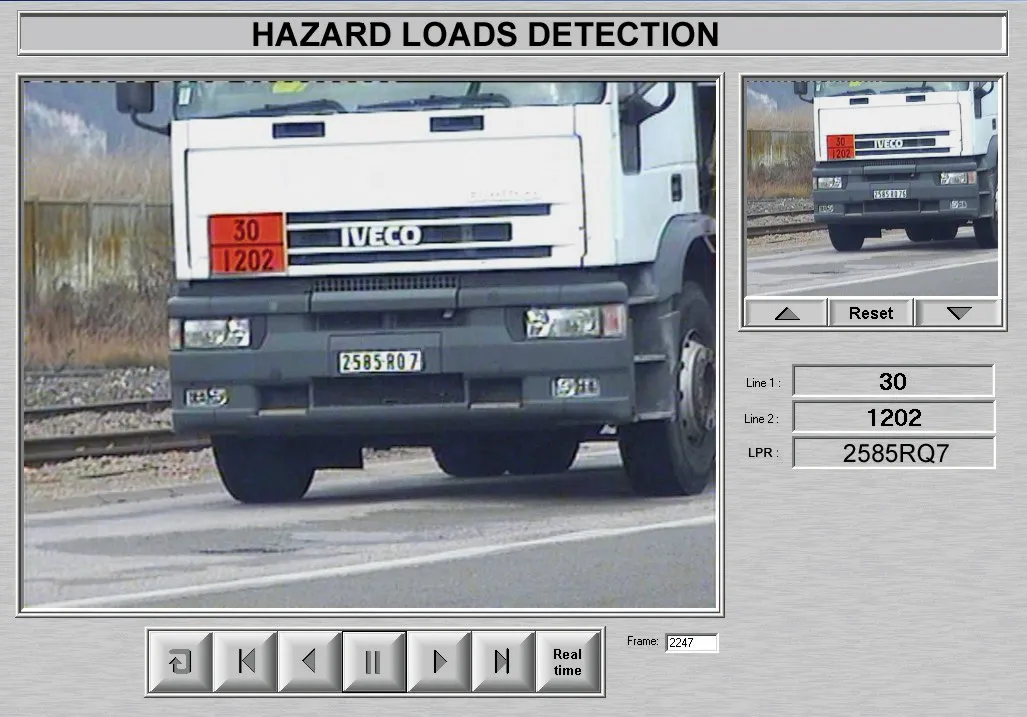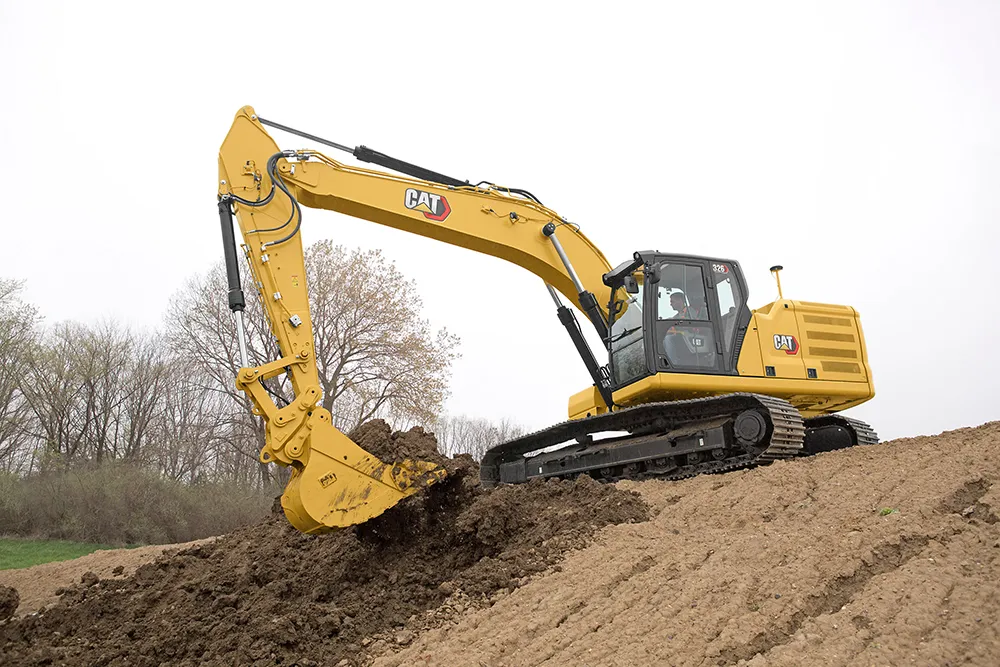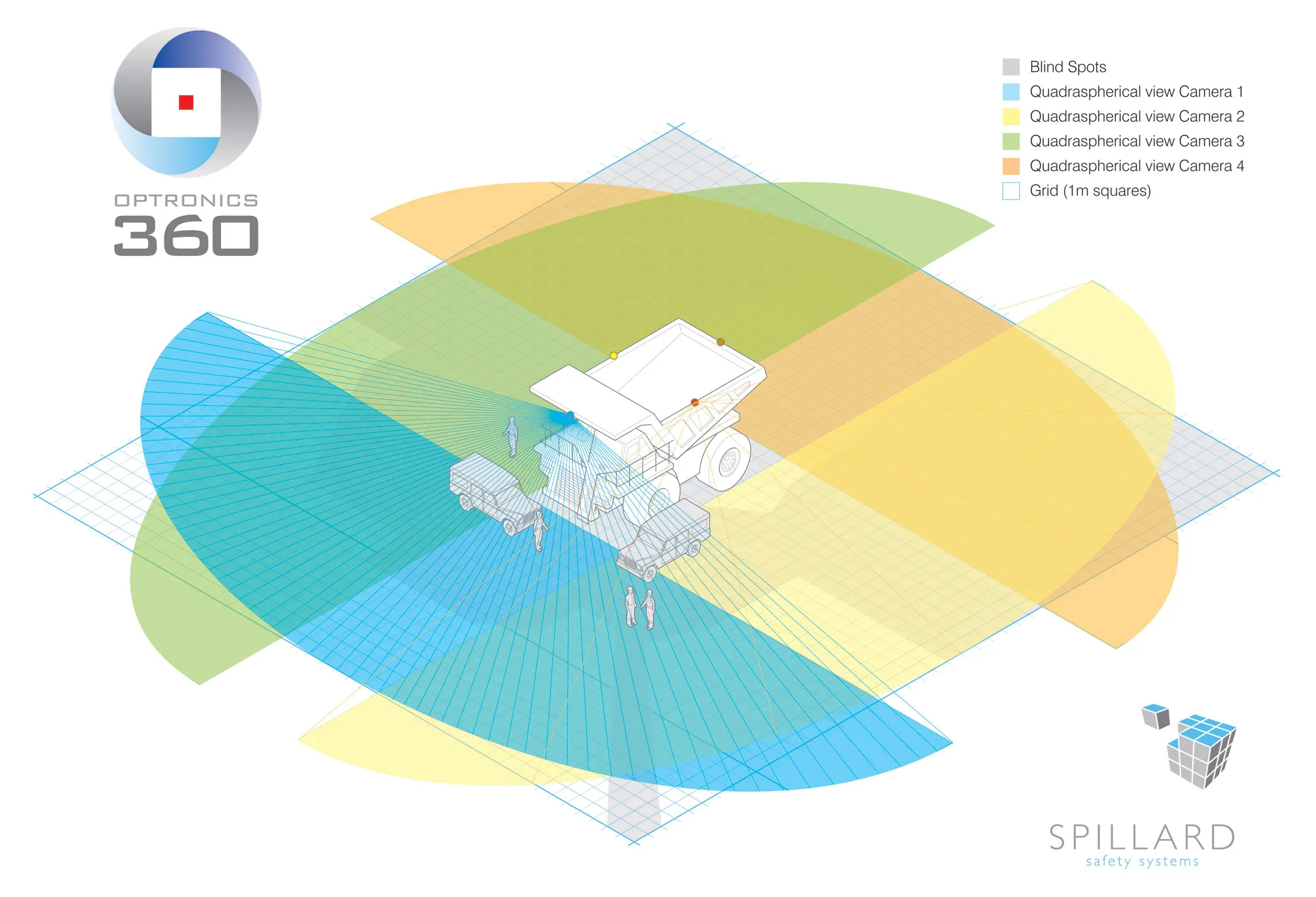
Quantela, a smart city infrastructure digitisation company, has acquired Cimcon Lighting to gain a foothold in the streetlighting infrastructure business.
"Acquiring Cimcon gives Quantela the opportunity to access the streetlight pole infrastructure used to deploy Cimcon controllers,” said Sridhar Gadhi, founder of Quantela which is based in Milpitas within Silicon Valley in the US state of California.
Quantela develops software and artificial intelligence for smart city applications, including transportation. It produces real-time data and predictive analytics from applications like digital advertising, traffic management, smart parking, public wi-fi and waste management.
Quantela, founded in 2015, has more than 100 deployments across around the world. With the Cimcon acquisition, the company will move its California headquarters to those of Cimcon in Burlington in the state of Massachusetts. Quantela also has offices in Europe and Asia.
Cimcon, founded in 2012, manufactures lighting management systems to control and manage LED streetlights. Cimcon says it has more than 200 customers in 30 countries with 1.2 million streetlight controls deployed.
“The addition of Cimcon's smart lighting capabilities will enable communities to immediately reduce streetlight energy consumption and maintenance costs,” said Amr Salem, chief executive of Quantela.
Cimcon’s LightingGale Central Management System enables users to manage their street lights from any web browser. Functionality enabled by LightingGale includes real-time control and scheduling, Google Maps interface, light fixture tilt monitoring, utility-grade energy metering and fault alerts.
Cimcon also produces the NearSky Smart City Platform that allows the deployment of sensors and cameras atop street light poles in order to detect pedestrian incidences, highway accidents and other disturbances and events, all remotely.









